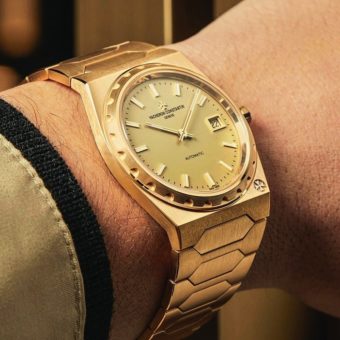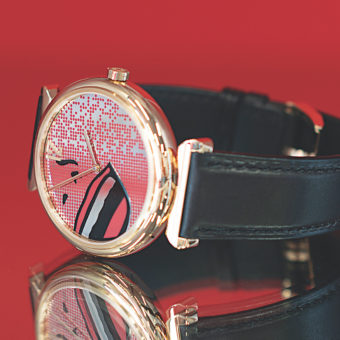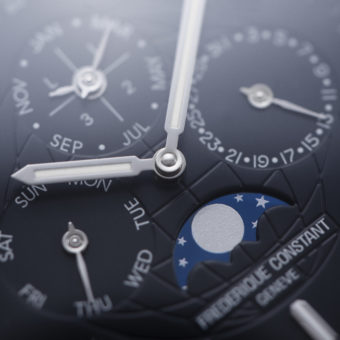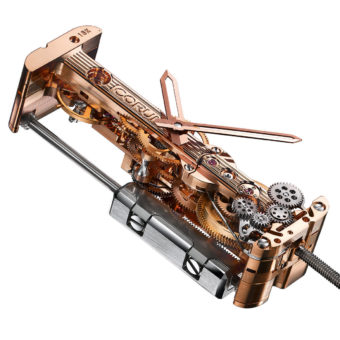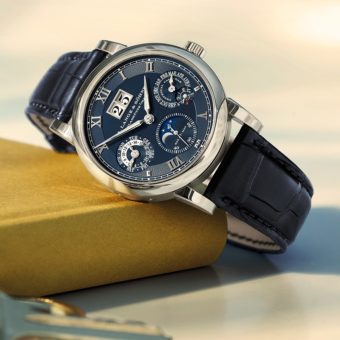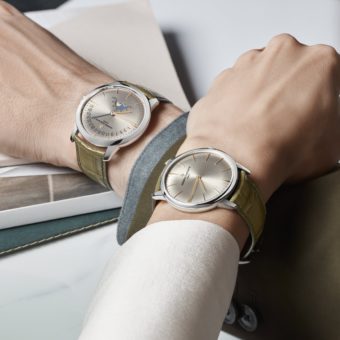On Sept. 17 in Geneva, at a celebration marking its 260th anniversary, Vacheron Constantin will present what it calls “the most ingenious and sophisticated mechanical watch ever made.”
Ahead of the launch, Vacheron has released some preliminary information about the watch to a small number of watch publications around the world, including WatchTime. (It did not provide an image of the watch.)
Here’s what we know.
The watch, which Vacheron says has two dials, has been created entirely in-house by three VC watchmakers, who worked on it for eight years. The watch was commissioned by a prominent, as-yet-unnamed collector. It incorporates, Vacheron says, “entirely new and unique complications representing the most significant technical advancements in watchmaking in modern times. The new complications had to be calculated, designed and developed from scratch. Thus a completely new caliber of movement was created unlike any seen before.”
One of the new complications, WatchTime has learned exclusively, is a dual calendar mechanism that Vacheron has invented for the watch’s perpetual calendar function. It presents data for two different calendar systems: the traditional Gregorian calendar, which emphasizes months and days; or the ISO (International Organization of Standards) 8601 business calendar, which emphasizes the number of the week of the year. More on this below.
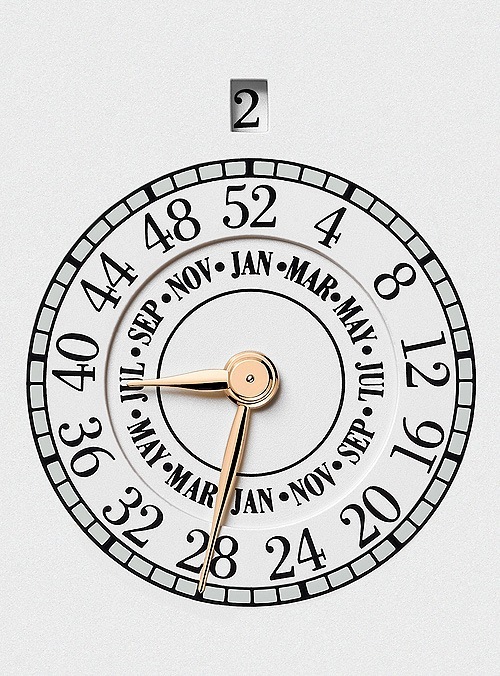
Another unusual calendar feature of the watch is a seasonal calendar and astronomic scale at the edge of one of the two main dials. The scale has three rings, one for the months and days, one for the zodiac constellation periods, and one for the seasons. The scale enables one to calculate the moveable dates of the vernal and autumnal equinoxes.
Vacheron does not specify the number of new complications, saying only that there are several (i.e., more than two): “This watch has introduced several important brand new complications to the world of watchmaking.” The watch also has “more familiar” complications, the company said. No word on the number of total complications, but it is likely to be more than 16. That’s the number of complications in the Tour de l’Ile wristwatch, the star of the large collection of unusual watches Vacheron made for its 250th anniversary in 2005. Vacheron refers to the new watch in its briefing material as the “Grand Oeuvre” and “the most complicated watch” and characterizes it as “a watch of hitherto unimaginable complication and technical innovation,” implying that it will outdo the Tour de l’Ile in technical complexity.
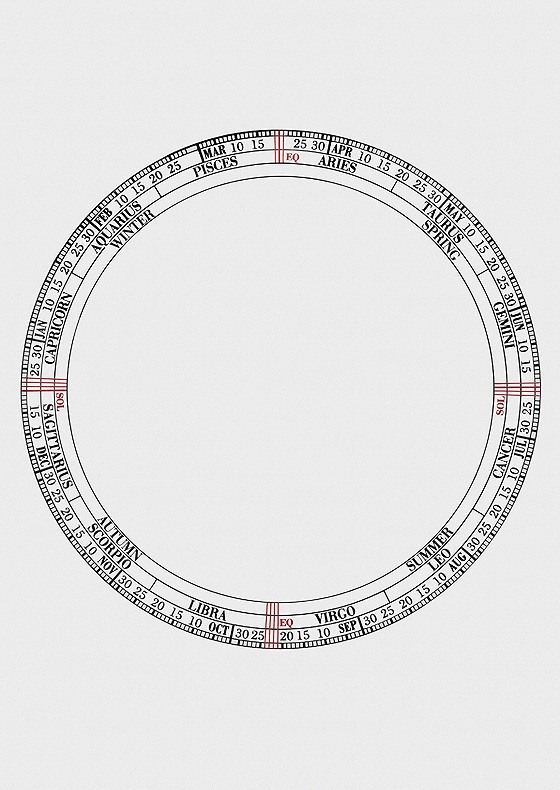
Vacheron calls the addition of the ISO 8601 business calendar indication “a significant first.” The ISO model is used mainly in the international financial sector and avoids confusion caused by different conventions around the globe for writing numeric dates and times.
When the ISO 8601 mode is employed, the number of the week within the year and the number of the day within the week take precedence over the traditional month and date indication. The number of the week is read from the dial concentric to the month indication. The number of the day within the week is indicated in a window directly above the week dial: 1 for Monday, the first day of the week in the ISO system, and 7 for Sunday.
Vacheron’s dual calendar mechanism has two separately functioning yet mechanically integrated options. In the Gregorian mode, the date is given via a retrograde display, the months in an inner ring, and the leap year indication (1 to 4) in the window above the calendar dial.
The new watch has a lot to live up to: Vacheron has not attempted to curb its enthusiasm for it. The company states that the research and skills used to develop and construct these and the other new complications “can be considered the greatest contribution to the advancement of mechanical watchmaking since the 1920s.” It said the watch “takes its place as one of the greatest man-made objects in the world.”

